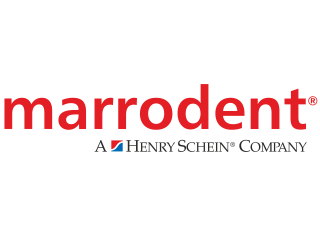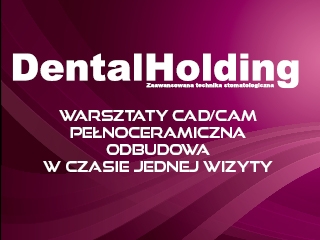Photodynamic therapy in paediatric dentistry
Prof. Mindra Badea
Chairs:
Prof. dr hab. n. med. Dorota Olczak-Kowalczyk
Location: Pavilion 15 - level 1, Hall 1.F
Date: 15.09.2017, Friday
Time: 10:30 - 11:30
Course type: Lecture
Language: English
Simultaneous translation into: Polish
Educational points: 1
Cost: included in the Congress fee
intermediate
advanced
The photodynamic therapy has been relatively recent introduced in dentistry as an adjunct method for the control of oral biofilm.
The photodynamic therapy (PDT) is based on the interaction of optimal wavelength and doses of low-level light energy (laser or led radiation) with a nontoxic photosensitizer (photoactivatabel dye) in the presence of oxygen. The photochemical reaction leads to the formation of reactive oxygen species, having a localized destructive effect of the target microorganisms, corresponding to the action of the light irradiation area. For this reaction, the absorbance spectrum of the photosensitizer (PS) should correspond to the wavelength of the light.
PDT may be used in paediatric dentistry as an adjunctive treatment to conventional oral disinfection protocol, in dental caries, gingivitis, for microbial reduction in the endodontic treatment of deciduous teeth, for enhancing remineralisation protocol, as a preventive method in disabled children. Photodynamic therapy can be also used in orthodontic patients for oral decontamination.
The low level photodynamic therapy in paediatric dentistry represents a non-invasive alternative approach for the control of the oral biofilm associated with of oral diseases.













